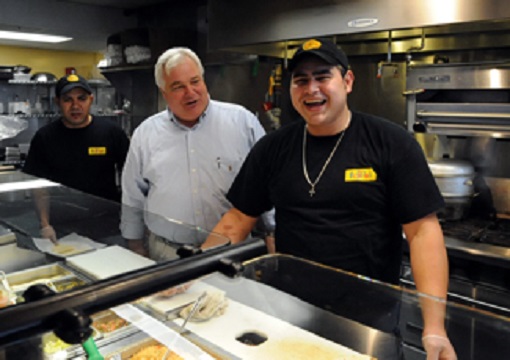
September 15 to October 15 is National Hispanic Heritage Month, something that President Johnson started in 1968 to recognize contributions that Hispanics have made to United States culture.
No one can deny that these contributions have been and continue to be extensive. But to acknowledge what these contributions are, we need to understand exactly what the term “Hispanic” means.
It turns out that the term “Hispanic” is pretty interesting and, as with most labels relating to humans, is full of controversy and debate. Historically, “Hispania” was the Roman word for the Iberian Peninsula (Spain and Portugal). Extrapolating from that, one could consider a “Hispanic” to be anyone from either the Iberian Peninsula or any country colonized by Spain or Portugal, which is most of Central and South America and some of the Caribbean. In reality, Portugal has been dropped from the definition so that the U.S. considers a “Hispanic” as someone who speaks Spanish and is from a culture heavily influenced by Spain.
That’s all well and good, but identifying oneself as “Hispano” is only acknowledging part of one’s ancestry. Some people would rather be considered “Indio,” which places the emphasis on one’s Native American roots. Some of the cooks at Felipe’s consider themselves “Chicanos” more than Hispanos, meaning they are “Americans” but their parents were Mexican. And then others don’t identify with any of these terms. They’re just “Honduran.” Or “American.” The one term most people seem agree on is “Latino.”
As always, cultural sensitivity is important as no one wants to be grouped in a stereotype they don’t identify with. Still, National Hispanic Month is a great opportunity to learn about and take part in cultures from Spain or Central and South America that exist all around us.
Take the month to check out a Mexican art exhibit or visit Carnival Latino on St. Claude. Eat some tacos. Come to Felipe’s and practice your Spanish while you order a burrito! Or come by and learn some non-hispanic words from our culturally diverse Central American staff who didn’t grow up speaking Spanish.
It’s such a wide world with so much to learn!